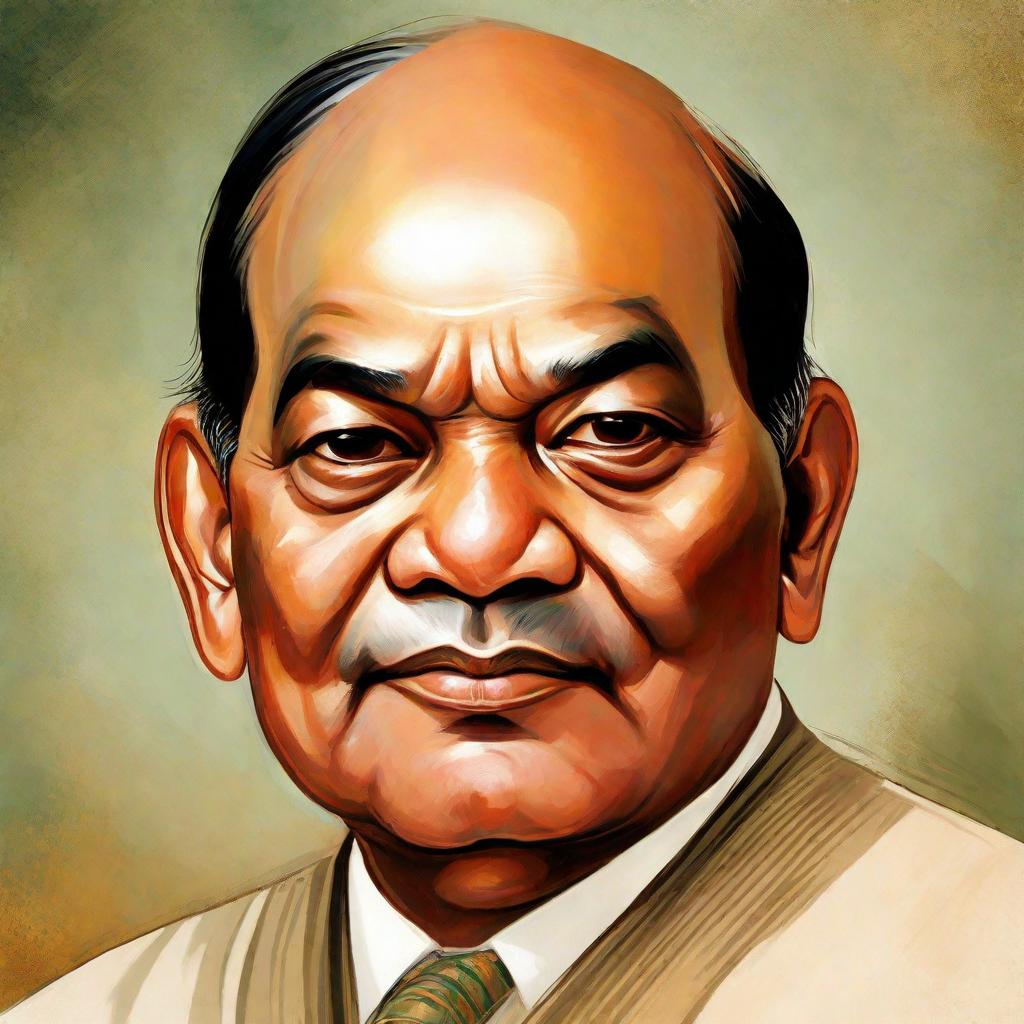Hello friends welcome to Sonu live ,in this article I’m going to tell you about What were the changes brought by PV Narasimha Rao, Recently, the Telangana Chief Minister had launched the year-long celebrations to commemorate the birth centenary of former prime minister P V Narasimha Rao
P. V. Narasimha Rao, serving as both India’s Prime Minister. And Finance Minister from 1991 to 1996, played a pivotal role in ushering in a new era of economic reforms. His legacy as a transformative leader is primarily defined by the far-reaching changes he brought to the Indian economy, known as the economic liberalization.
Here’s a glimpse into some of the key changes brought by Rao’s leadership:
1. Liberalization of Trade and Investment:
- Abolishing the “Licence Raj”: The complex system of permits and controls for starting. And running businesses was dismantling, boosting entrepreneurship and economic activity.
- Foreign Direct Investment (FDI) opened up: Restrictions on foreign investment were easing, attracting significant capital and expertise into various sectors.
- Trade barriers reduced: Import duties were lowering and tariff regulations simplified, leading to increased global trade and competition.
2. Financial Sector Reforms:
- Establishment of SEBI: The Securities and Exchange Board of India (SEBI) was setting up to regulate. And protect investors in the stock market.
- Banking sector reforms: Public sector banks were made more efficient and competitive, and private banks were allowed to enter the market.
- Capital market liberalization: Equity markets were opening up to foreign investors. And new instruments like GDRs (Global Depository Receipts) were introducing.
3. Fiscal Reforms:
- Reducing fiscal deficit: Stricter spending controls and revenue generation measures were implementing to control the government’s borrowing and curb inflation.
- Tax reforms: Taxes were rationalizing and simplified, increasing transparency and improving tax compliance.
- Privatisation of Public Sector Undertakings (PSUs): Loss-making or inefficient PSUs were divested or privatized to improve resource allocation and increase efficiency.
4. Other Significant Changes:
- Emphasis on infrastructure development: Large investments were made in roads, highways, ports. And power projects, creating a solid foundation for economic growth.
- Focus on social sector: Programs like the Midday Meal Scheme. And NREGA (National Rural Employment Guarantee Act) were introducing to improve education, healthcare, and rural employment.
- Strengthening foreign relations: Improved relationships with global powers and regional neighbors promoted trade and investment opportunities.
Impact of the Reforms:
Rao’s economic reforms triggered a significant transformation of the Indian economy. Key outcomes include:
- Higher economic growth: India’s GDP growth rate accelerated from around 4% in the 1980s to over 7% in the late 1990s. And propelling the country’s economic trajectory.
- Poverty reduction: Poverty rates declined significantly over the next few decades. And reflecting improved living standards for a large portion of the population.
- Increased globalization: Integration into the global economy opened up new markets and opportunities for Indian businesses and workers.
- Diversification and modernization: The Indian economy moved away from its agrarian focus and diversified into services. And manufacturing, leading to faster job creation and increased income levels.
However, the reforms also generated criticism:
- Widening income inequality: The benefits of economic growth have not been evenly distributed. And leading to concerns about a widening gap between the rich and the poor.
- Job losses in some sectors: Liberalization and technological advancements led to job losses in certain sectors, especially in traditional industries.
- Impact on small businesses: Some argue that liberalization has favored large corporations and multinational companies, impacting the growth of small. And medium-sized businesses.
Overall, P. V. Narasimha Rao’s economic reforms remain a watershed moment in India’s history. While the effects were not without their challenges, his bold leadership. And transformative policies propelled India onto a path of rapid economic growth. And integration with the globalized world.
Read More-https://sonulive.in/explain-about-defence-corridor-in-t-n-and-u-p/

